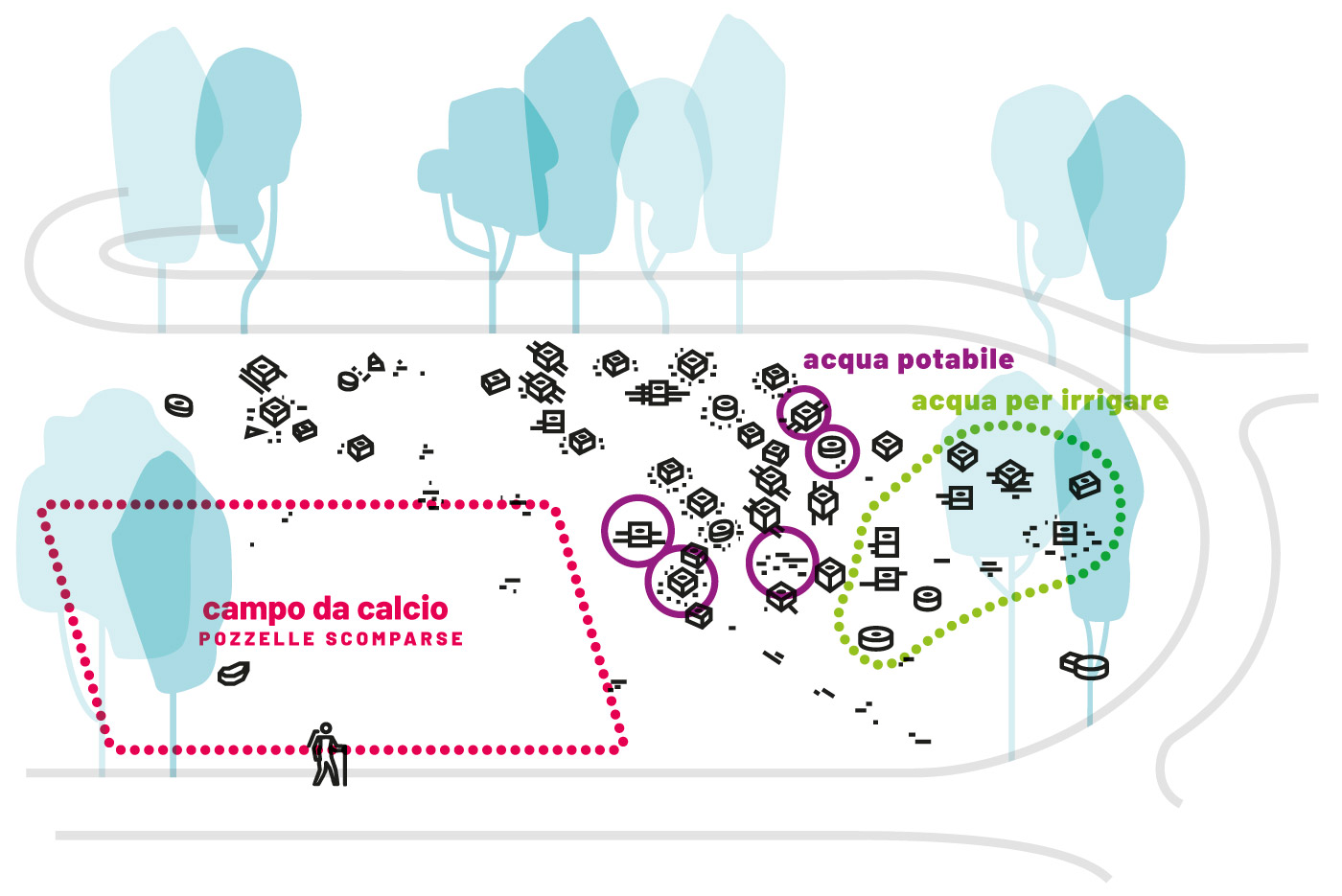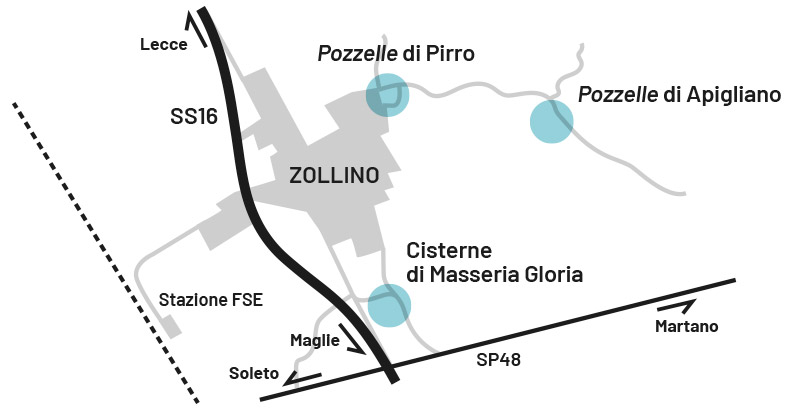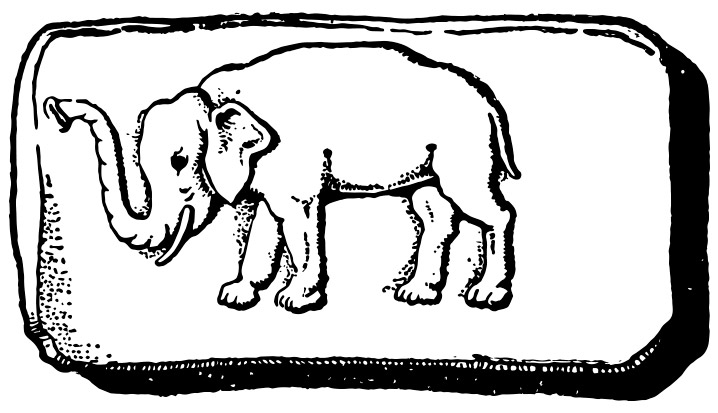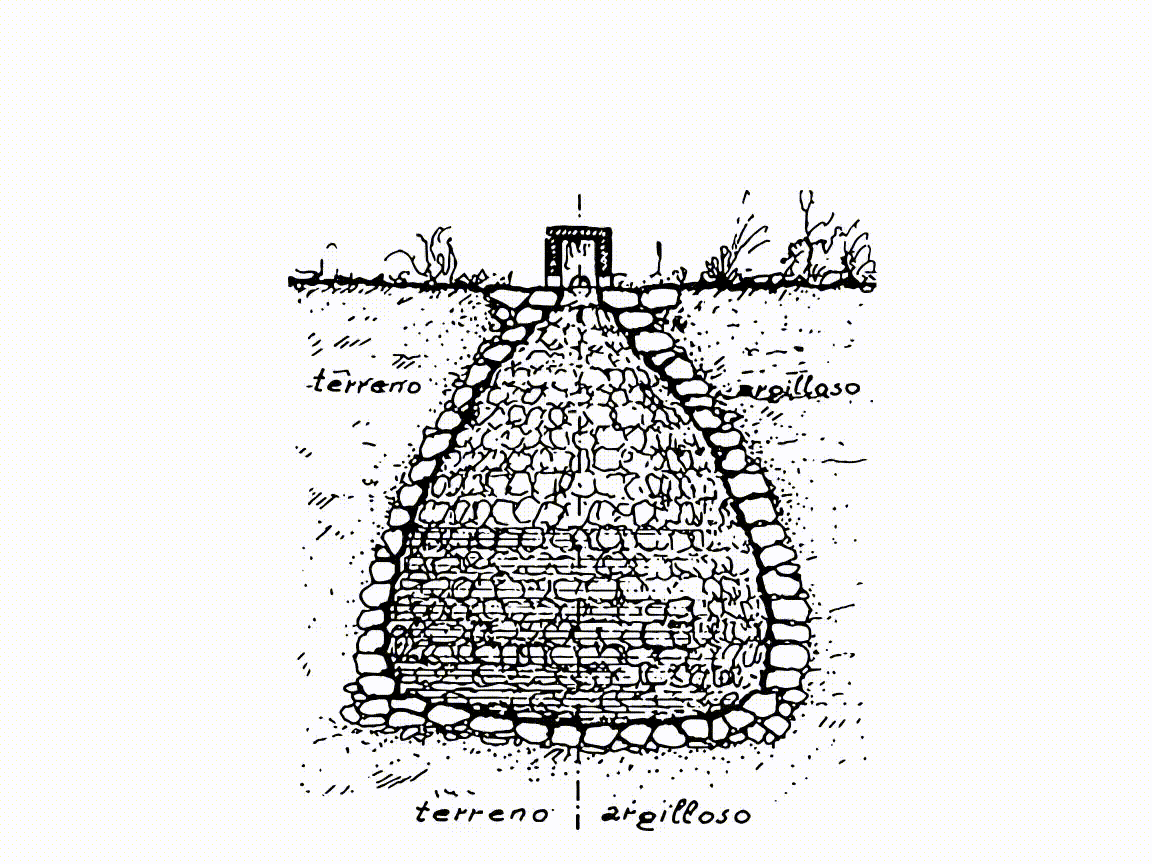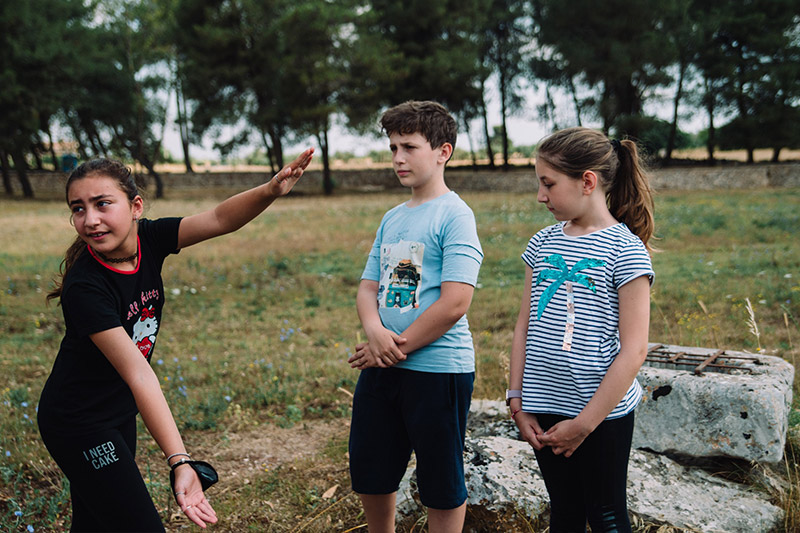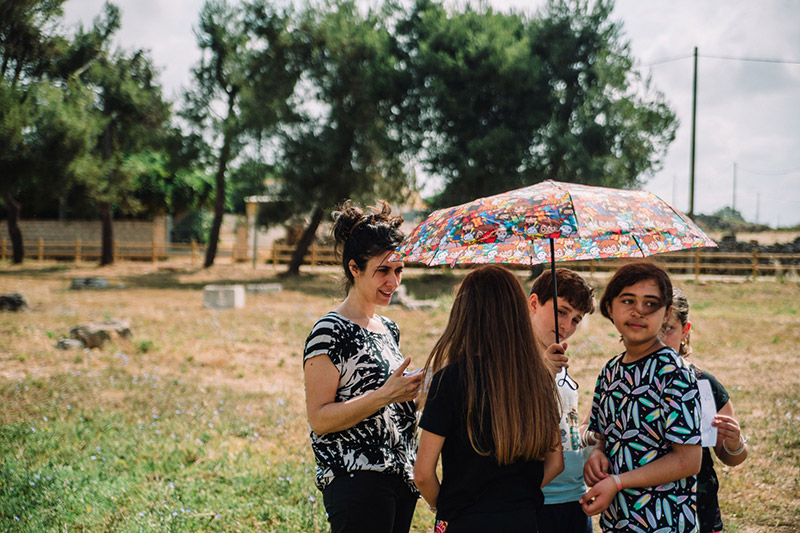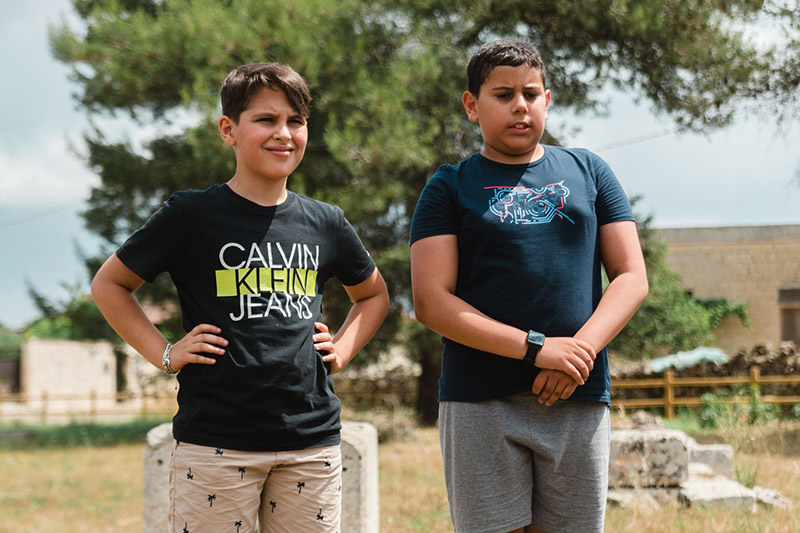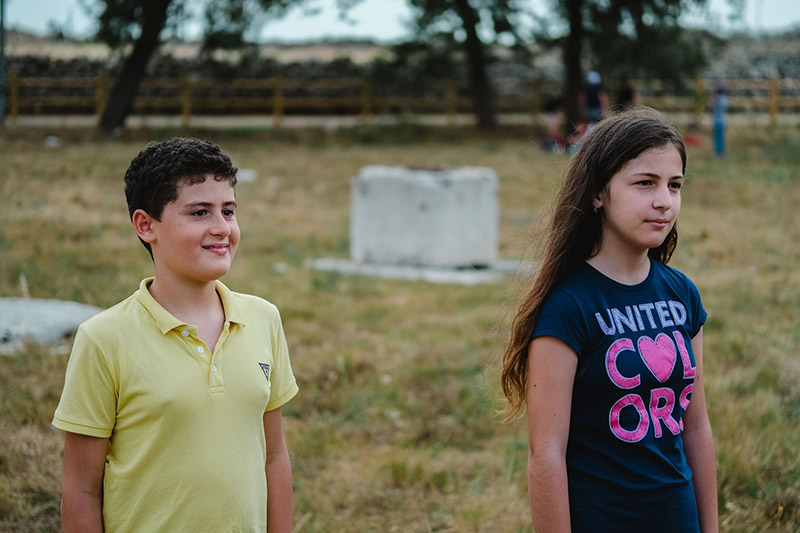
WHAT ARE THE POZZELLE?
The pozzelle are ingenious systems to collect and filter rainwater. Real cultural assets connected to the rural world, they are a proof of the local populations’ adaptability, and show the human-induced transformations of the landscape.
Made with hydraulic engineering techniques, applied in karst contexts with Mediterranean climate, they are located within depressions in the ground called “sinkholes”.



